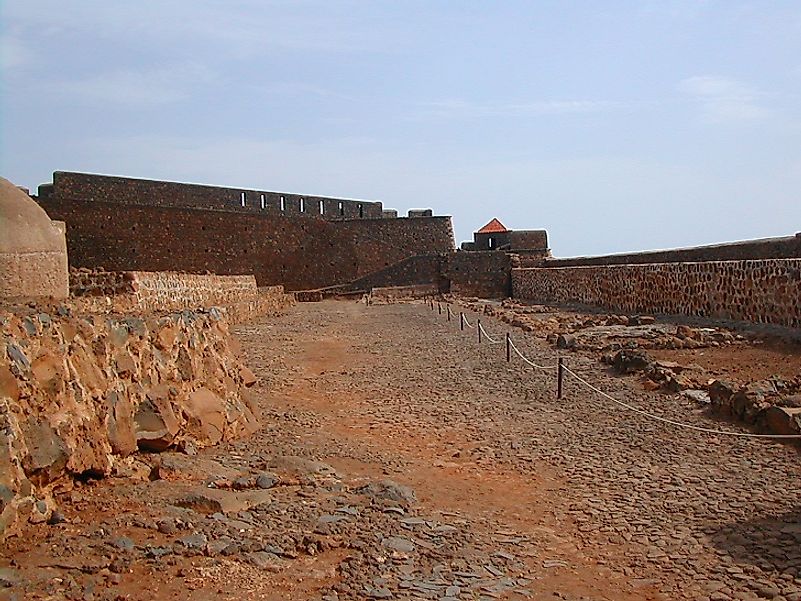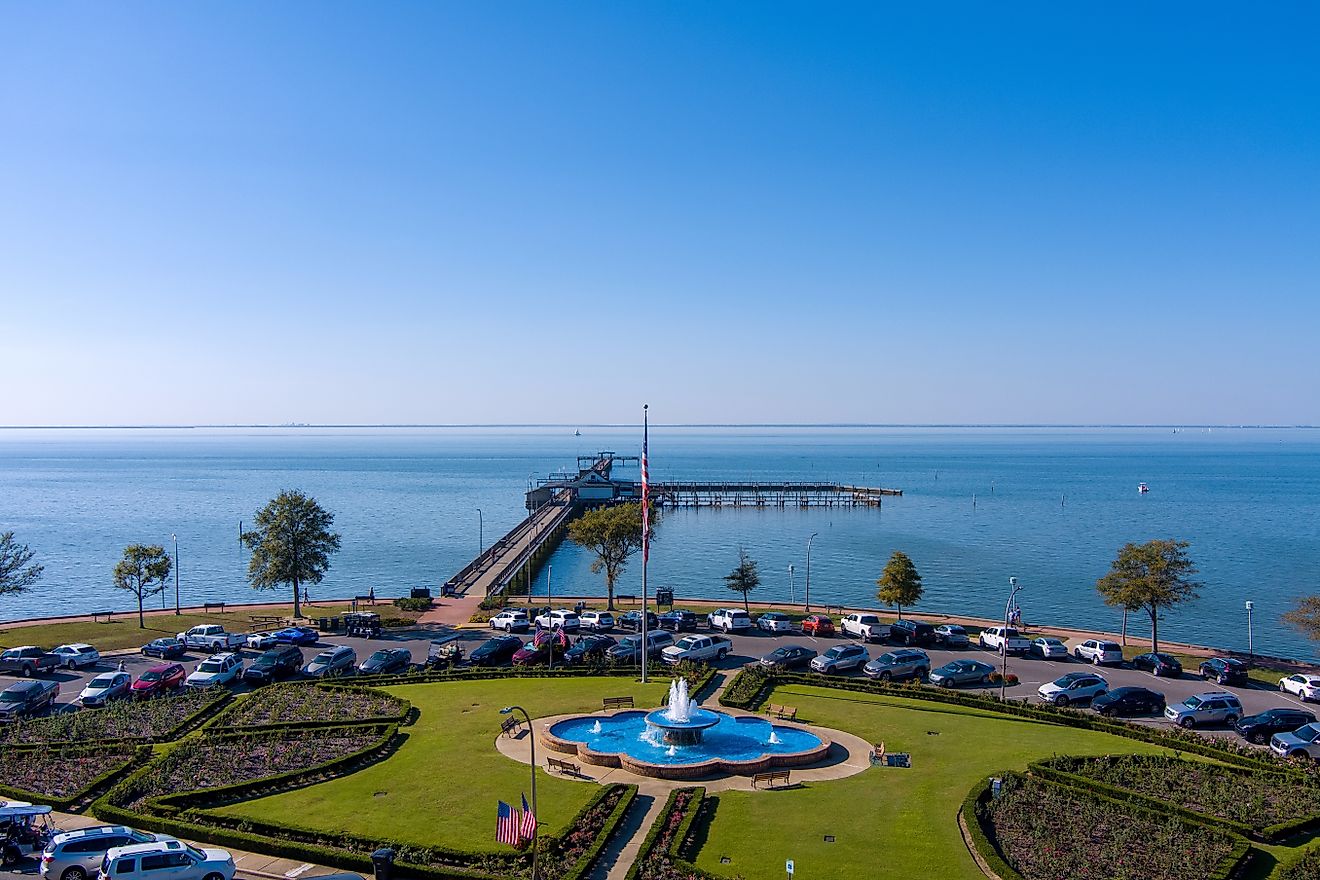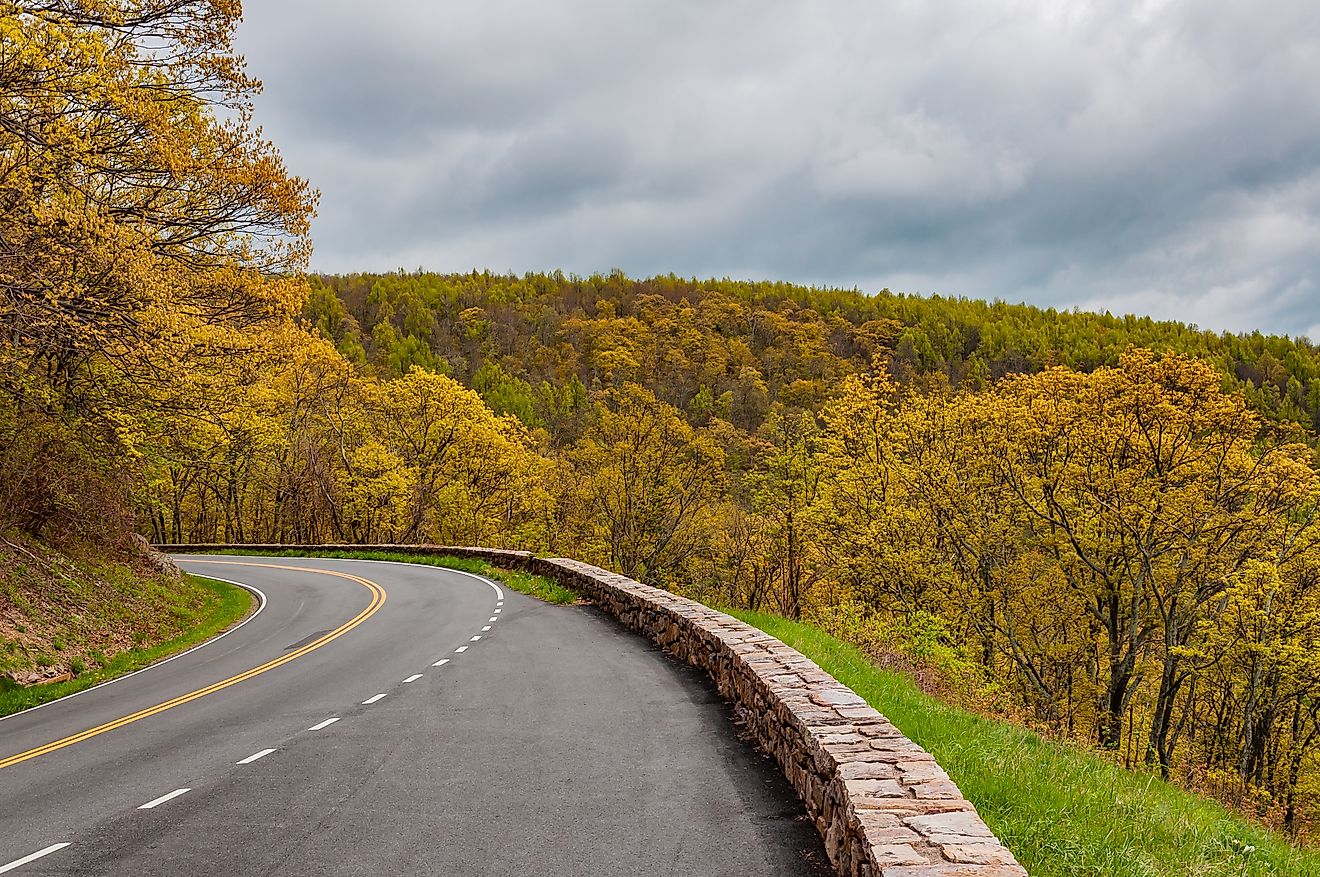Cidade Velha And Ribeira Grande, Cape Verde

5. Description and History -
The city of Cidade Velha is a small city with a population of only around 1,200 people, yet is a significantly important historical site. The city is located on the island of Santiago that is part of the African island nation of Cape Verde. In 1456 Portuguese and Genoese navigators discovered the uninhabited Cape Verde islands and by 1462 Portuguese settlers arrived at the island of Santiago and established the town of Riberia Grande, now called Cidade Velha, which became the first permanent settlement in the tropics to be established by Europeans. The city grew and became rich due to it being a central port for transcontinental slavery. The riches of the city however attracted pirates and attacks from enemies which eventually caused the town to start declining in the early 1700's and by 1770 the city had its capital status given to the city of Praia. Following the transatlantic slave trade being outlawed by Portugal in 1836 and slavery being abolished in Portuguese African colonies in 1869 the city and country declined economically and there was emigration to other countries. Since then the whole country of Cape Verde has managed to economically recover and became a commercial hub again. The country gained independence from Portugal in 1975 and currently has a stable and developed democracy.
4. Tourism and International Recognition -
The old town square of the town, which was originally built in the 16th Century, is today a site for tourists that is filled with souvenir shops, restaurants, and other local shops. These are centered around the Pelourinho in the middle of the square. The Pelourinho, which was originally constructed in 1520 and has seen been restored, was use in the past to publicly punish slaves but know serves as a historical reminder on the horrific practices of slavery. Another historical landmark for tourists to visit is the Forte Real de São Filipe, which was constructed by the Portuguese in 1587 and finished in 1593 to protect the town from pirates and opposing navies. The Forte Real de São Filipe was the first fortification to be build in the country of Cape Verde. It was rebuilt after being destroyed in the middle of the 18th Century.
3. Uniqueness and Cultural Significance-
The city of Cidade Velha became a United Nations Educational, Scientific and Cultural Organization (UNESCO) World Heritage Site in 2009, and was the first, and to date still the only, such World Heritage Site in the country of Cape Verde. It is also the oldest settlement in the country and also has the uniqueness, as previously mentioned, of being the first European colonial settlement ever located in the tropics. The city is also home to the Nossa Senhora do Rosário church, which is the oldest colonial church on Earth, having had construction start in 1493 and being completed two years later in 1495.
2. Natural Surroundings, Sights, and Sounds -
The city of Cidade Velha has a mild desert climate that is typical for its tropical location, and has a short wet season that lasts from August to October, while the rest of the year is characterized by a longer, much drier season. One can walk around the town and experience the historical monuments the city has to offer and even see some of the original layout that the 16th Century town originally had. The local restaurants around the town offer the unique taste of the cultural and cuisine the that county of Cape Verde has to offer. Being located on a island, right along the coastline visitors can also experience the town's beaches and the stunning views of the Atlantic Ocean.
1. Threats and Conservation Efforts-
The historical sites in and around the city are generally still in acceptable condition. However, the potential delicacy of some of the locations must be addressed. In the closing decades of the 20th Century the historical buildings and monuments in the town having been getting restored and rehabilitated so that they do not fall into bad condition. Forte Real de São Filipe in particular been restored twice in the late 1960's and then again in 1999, while also having archaeological excavations undergone at the site. The management system that governs the historical property is solid, but the system still needs to fully work on legal protection for the various historical sites.











